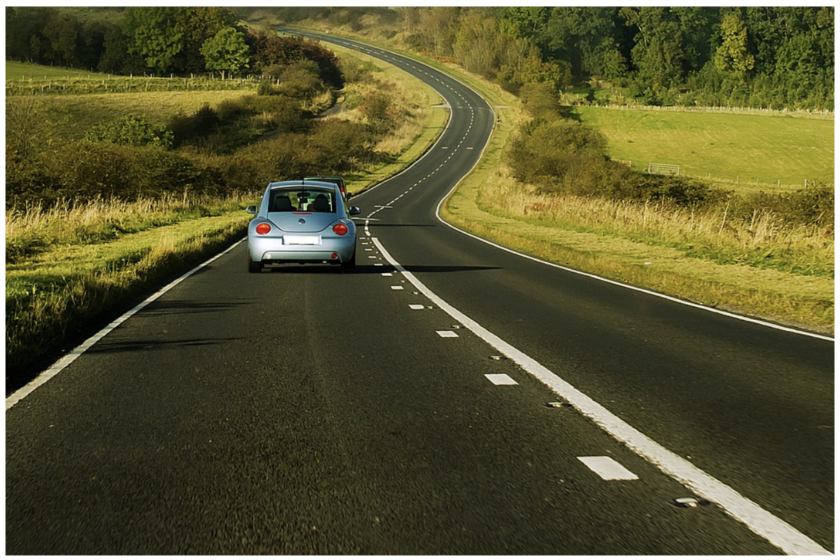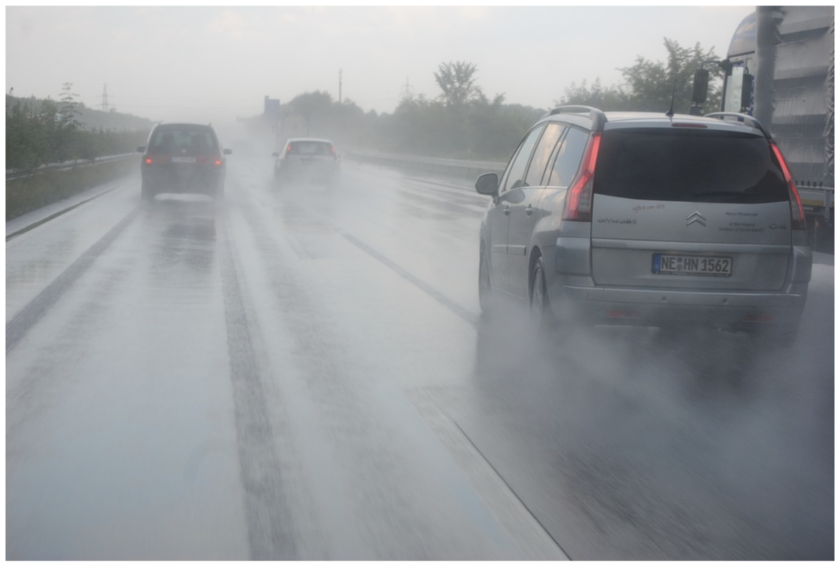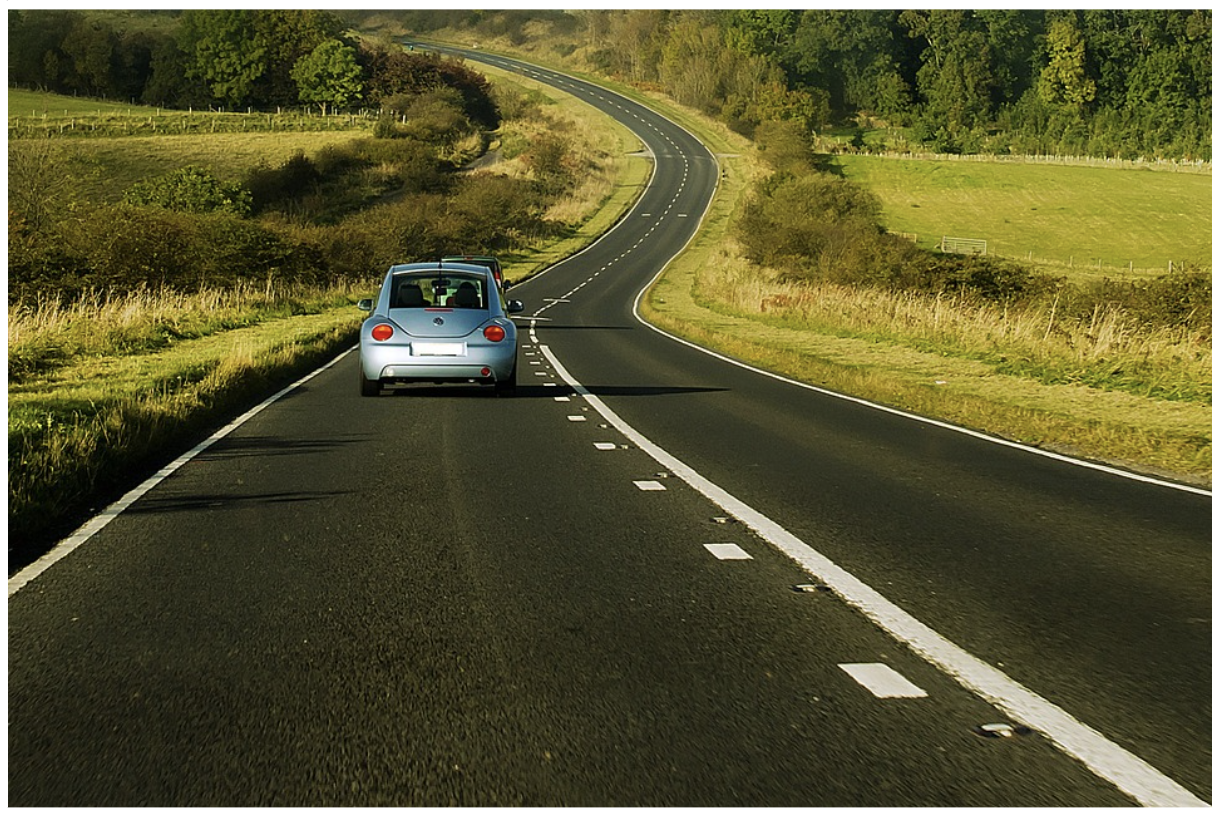It’s no secret that learning to drive is a big responsibility. So, before you take the plunge and start driving on your own, it’s important to understand some of the basics about staying safe while behind the wheel. In this blog post, we’ll provide you with five safety tips that will help you learn to drive safely and avoid accidents. From learning how to react in emergency situations to being aware of your surroundings at all times, read on for advice that will keep you safe while behind the wheel.

Understanding Driver’s Licenses
If you are thinking about getting your driver’s license, there are a few things you need to understand first. You must be at least 16 years old to get your license, and you must have a valid ID such as a passport or driver’s license from your home country. You will also need to take the Driver’s License Test (DLT). The DLT is a computerized test that will ask you questions about traffic laws and how to drive safely. You can click here if you want to do a bit of research, or use your browser. After taking the DLT, you will receive your license in the mail. Make sure to keep it safe and secure, just like any other important document. Finally, never let anyone else drive your car if you haven’t been given permission to do so.
The Different Types of Cars and Driving
There are many different types of cars on the road today, and each one has its own set of driving rules. If you’re new to driving, it can be helpful to learn the different types of cars so you know which ones require specific driving restrictions.
Here’s a list of the most common cars on the road:
1. Cars with Manual Transmission
If you’re new to driving, try to get a car with a manual transmission first. Manual transmissions are more difficult than automatic transmissions, but they’re also more satisfying to drive. Most cars with manual transmissions require you to use your hands and feet to shift gears, which is an important skill for beginners.
2. Cars with Automatic Transmission
Automatic transmissions are much easier to drive than manual transmissions, but they don’t offer as much control over the car’s engine. If you’re interested in learning how to drive, consider getting a car with an automatic transmission instead. Many automatic transmissions now come equipped with automated emergency braking and lane-keeping features, making them safer for drivers even if they don’t have experience driving manually.
Keep in mind that not all cars with automatic transmissions are safe drivers. Many automatic transmissions can be prone to jamming, which can lead to dangerous driving conditions. If you’re looking to purchase a car, make sure to research the features of the automatic transmission in question before making a decision.
3. Cars with Gasoline Engine
If you’re interested in learning how to drive, it’s probably best to start out with a car that uses a gasoline engine. Cars with gasoline engines require more attention from the driver than cars with electric or hybrid engines, but they’re still much easier to control than vehicles that use other types of engines.
4. Cars with Electric or Hybrid Engines
Cars with electric or hybrid engines are becoming more and more popular on the road today. These types of cars use electricity instead of gasoline or diesel fuel, which makes them environmentally friendly and less harmful to the environment overall. However, electric and hybrid cars don’t offer the same level of control and power as gasoline-powered cars. If you’re interested in learning how to drive one of these types of vehicles, be prepared for a steep learning curve.
Tips for Safe Driving
- Get plenty of practice: The more time you spend driving, the better you’ll get. Try to schedule regular road trips in your learning process so that you can get a feel for all the different types of roads and traffic patterns.
- Use your brakes well: It’s important to use your brakes smoothly and gradually when needed. This will help prevent unexpected stops and avoid causing accidents.
- Scan your surroundings: When you’re driving, be aware of what’s around you and plan your route accordingly. Do not hesitate to change lanes or speed up if necessary to avoid danger.
- Respect other drivers: Always give other drivers the space they need when on the road. If someone is following too closely, pull over and let them pass. Don’t tailgate or drive aggressively behind other cars – this can lead to dangerous confrontations or accidents.

Driving is a big responsibility, and it’s important to be as safe as possible when you’re behind the wheel. The bottom line is this: always use your common sense, obey traffic laws, and take your time learning how to drive. With a bit of practice, you’ll be able to safely navigate your way around town and the roadways.

